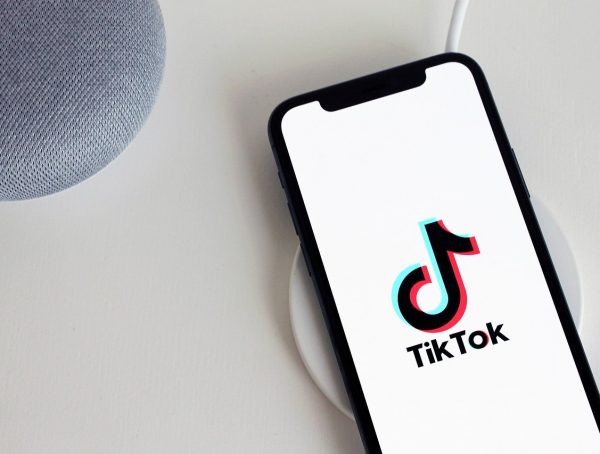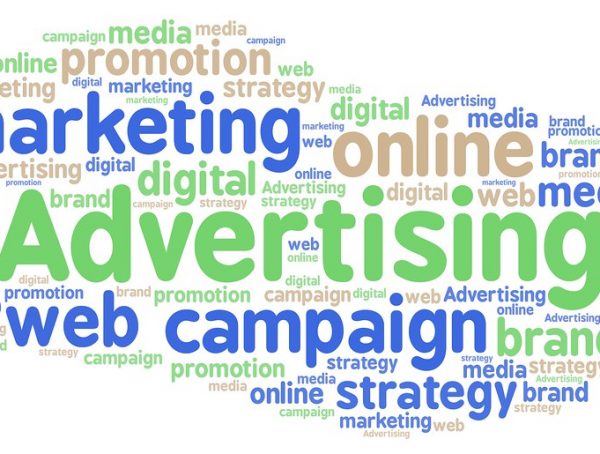The win of a conference door prize was Rebecca McCarty’s first hint of things to come in the world of video advertising.
“You should go outside and take a video with your customers!” McCarty remembers the announcer saying as he handed her a Flip video camera nearly a decade ago. As Corporate Communications Director since 2005 for Paul Moak Automotive in Jackson, Mississippi, McCarty is well versed in traditional video advertising, but the scene has rapidly evolved over the course of her career.
“It is night and day, night and day!” she says of industry changes around video marketing. With advances in technology, most notably the popularity of the iPhone, McCarty says new opportunities for video abound.
“The sky’s the limit,” she says, “You’ve got this [iPhone] in the palm of your hand, go out there and do what you want!”
Businesses certainly have gone out and created video content; the number of businesses who use video marketing has grown by 41% since only 2016. McCarty says while the automotive industry has historically relied on traditional television video advertising, the digital age has ushered in new ways to target customers with video that fits the consumer’s specific interests and needs. She says their automotive firm decided back in 2018 that targeted advertising made the most sense to maximize their budget.
“We are a smaller company…We had a set amount of money we were trying to spread around to all 4 local TV stations, and I think we weren’t cutting through anything,” McCarty says. “Our competitors spend so much.”
With their targeted approach, Paul Moak Automotive relies on over-the-top advertising to reach digital viewers shopping for cars in central Mississippi. For online shoppers, Paul Moak contracts with a firm out of Dallas to target in-market consumers through Google Advertising and YouTube’s advertising arm. Using sophisticated analytics, they push 15 second videos to the most likely buyers for each of the three makes they carry: Honda, Subaru, and Volvo. They also push targeted video ads to shoppers looking at their competitors.
“It’s nice to be able to target people behaviorally versus demographically. We do more of a luxury audience for Volvo versus just people shopping [specifically] for a Volvo,” says McCarty., “On the television it’s still programmatic, based on the demographics for a specific TV show, so it’s less targeted plus it’s more expensive.”
While targeted video advertising is more affordable than traditional television, nothing beats the cost effectiveness of earned media on social channels. Free in-house social media video content has been very successful at Paul Moak, says McCarty, especially for vehicles new to the market. In 2019 she started a video campaign on Facebook and Instagram with the help of a video-savvy intern to showcase new models of vehicles. Despite feeling outside her comfort zone on camera, McCarty says the videos really worked in engaging customers.
“We have also found that a lot of time the less produced it is it gets more interaction because it is more authentic. We have had good success with just grabbing someone who is not a trained actor or media star and saying, ‘Hey, I’m Rebecca McCarty and today we’re going to look at the all new Subaru Ascent SUV.’” says McCarthy.
Although awareness is the primary objective in many of McCarty’s marketing videos, their impact is likely felt by customers in other ways as well: across the country 52% of consumers say they trust a company more after watching a video featuring members of their team. A whopping 84% of consumers say they’ve been convinced to buy a product or service by watching a brand’s video.
Eighty percent of shoppers say they will visit a brand’s website if they like the company’s video, and McCarty says once a visitor heads to the Paul Moak Automotive website they can find even more video content. Paul Moak now includes video tours and explanations of their products throughout the website, so that customers have more ways to interact virtually with vehicles rather than just look at static pictures. The web videos are narrated so that customers learn features and details without getting bogged down having to read descriptions. These videos are too new for McCarty to have much data on their impact yet, but across the nation 83% of video marketers say video has helped increase the average time visitors spend on their pages.
Website videos, over-the-top television advertising, and social videos are not the only ways Paul Moak has implemented video marketing. During the pandemic they got creative with new and different ways to interact with customers using live video streams, chats, and even recorded videos to show customers specific vehicles of interest to them. Paul Moak is definitely not alone in this strategy: fifty-four percent of marketers have used live video to connect with their audience with 78% believing it helped business.
Certainly, video marketing shows no signs of slowing down: 85% of people would like to see more video from brands in 2021, and 86% plan to incorporate more videos into their marketing strategy in the future.
“Video is not going anywhere,” says McCarty. “I only see it getting bigger and bigger…It is always going to be more compelling to watch a video than just look at a picture,” she says, “If you can get someone to sit still…and look at the screen, that is still the most complete way to advertise your product or company.”








